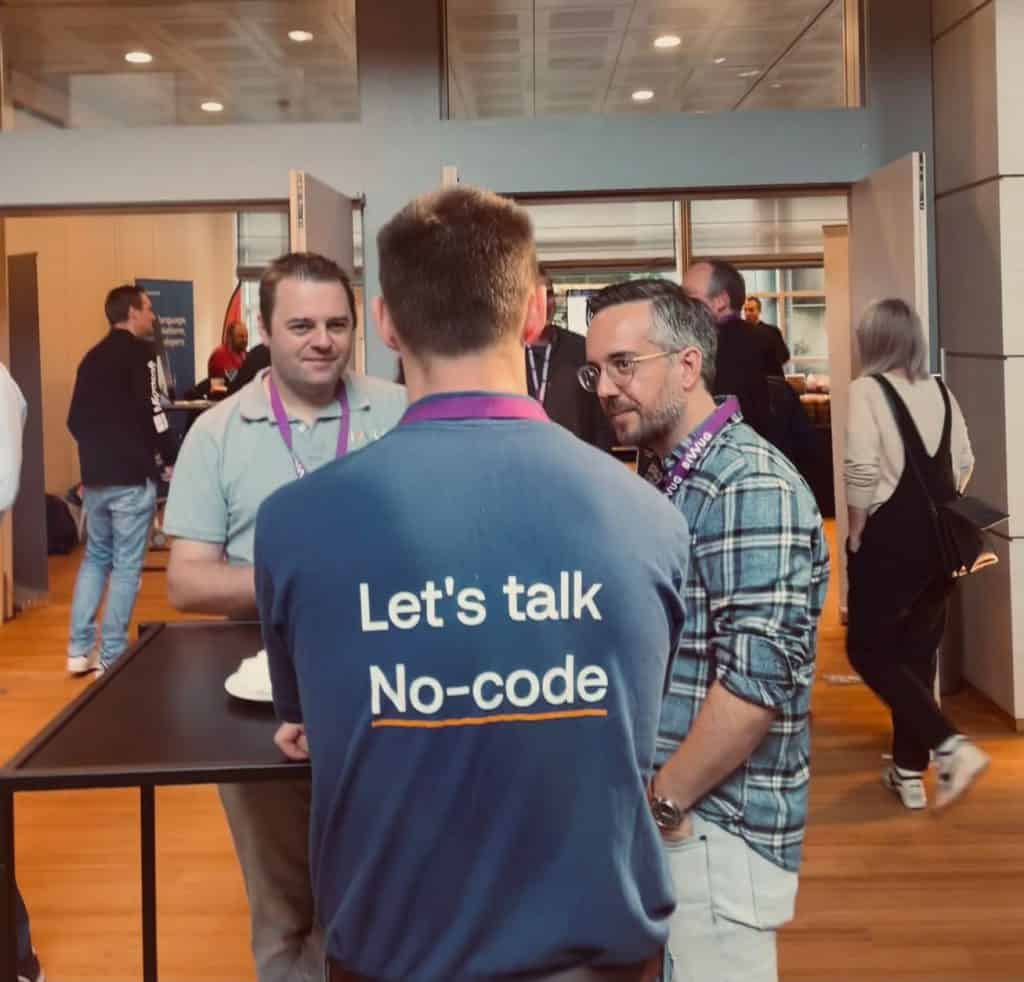I have had the pleasure of working with some fascinating characters in the world of citizen development, no-code and low-code. The excitement of technology abstraction allows people to play Lego with software and build anything they want. Certainly, the impact that has on automation, efficiency, and digital transformation. But, also the implications for organisational development, innovation, and customer interaction.
Limitations of no-code / low-code
But also the limitations, frustration, and challenges of no-code and low-code. Risk, security, black box, but also vendor selection, data access, integration, and flexibility.
Kianda
I had the pleasure of talking to Osvaldo Sousa, the co-founder of Kianda. He has an interesting perspective on no-code and low-code. With his background in software development, his main concern with no-code and low-code (NCLC) are the limitations of most NCLC providers.
Borderless no-code / low-code (NCLC)
Invariably you hit a wall on the application you can build, the data you can access and the integration with existing software, including other no-code / low code providers.

Hence Kianda, is a borderless NCLC platform. It provides access to any data source (including real-time synchronisation of the data). Likewise, offering full integration with any other software, including no-code / low code. Next-generation no-code / low code if you will. Certainly, a platform that you can overlay on top of your old (or outdated system) and give it a new lease of life.
Scores best across 86 no-code / low-code vendor criteria
Osvaldo tells the story of one of their clients’ mapping no-code / low code provides across 86 criteria and ending up with Kianda. That is, because of the flexibility of Kianda. His perspective on NCLC is starting to pay off.
Sophisticated users
The customers of Kianda are 5000+ staff in the engineering, construction and pharma sector. Therefore, meaning a sophisticated audience of users, such as application managers, digital transformation directors and IT managers. They have the overarching view of the entire picture from the processes, the business requirement, and the way to realise the translation to digital. In short, they understand IT, digitisation and automation and know what they need.
The reality of digital transformation
There is a tendency by large companies to start big with digital transformation with the hope to achieve massive results. However, the reality is very different. Those initiatives tend to go into a zigzag. Simply, because digitalisation is a series of many, many steps. It is a journey where you are constantly adjusting the route you are taking. Most systems are complex, so you need as much flexibility as possible. And it needs to be future-proof. To clarify, you don’t want to be 90% into the transformation to realise that your no-code / low-code solution is no longer fit for purpose.
Start small with an eye on the big picture
Osvaldo’s advice is to have an overall IT vision but start with something small. Moreover, focusing on process mapping, data sources, data chains, data flow, the user story and the system story, learning on the way. Not just like playing with Lego, but skill development. In other words, it’s like learning to ride a bike and make the Kianda way an integral part of application development.
Interfaces, data, bottlenecks and metrics
In Osvaldo’s view, it is all about interfaces, liberating data, removing the bottlenecks, releasing the value of the data, the quality of the dashboards, and maximising ROI. Further, using metrics such as the time and the expense of finding data, bang for your buck, efficiency, hassle factor, friction, cost, pain, dependency and user frustration. Lastly, mapping the silos, the people involved, and the information and function needs of the organisation.
Software is perishable
The logic is to apply no-code / low-code, as software is increasingly perishable due to the speed of technology development. Hence, it makes no longer sense to invest in software. The long development cycles and high development costs are a waste. In many cases, no-code / low-code is a perfect alternative. For large organisations, that means an increasing need for total flexibility and full integration. That is, to ensure that you don’t hit the vendor wall.
The future of no-code / low-code
He thinks the future of no-code / low-code is AI and recommendation systems (including digital assistance and digital avatars) and an increase in technology abstraction. He believes No-code and Low code will start to blur. B2B will increasingly learn from the machine learning in B2C. He thinks the future is Kianda. He would.



